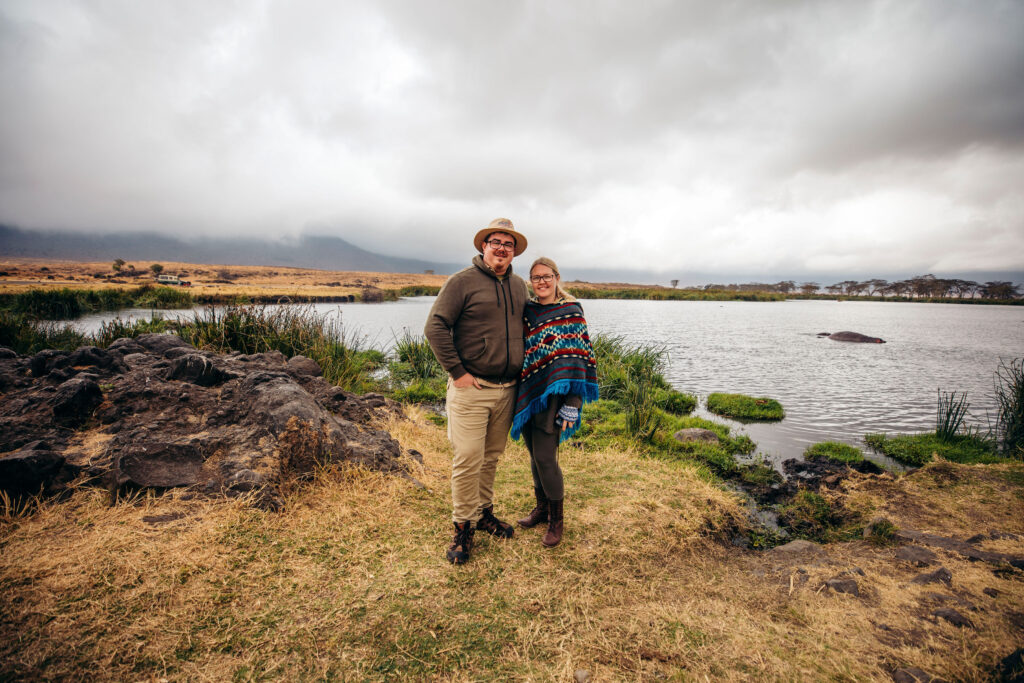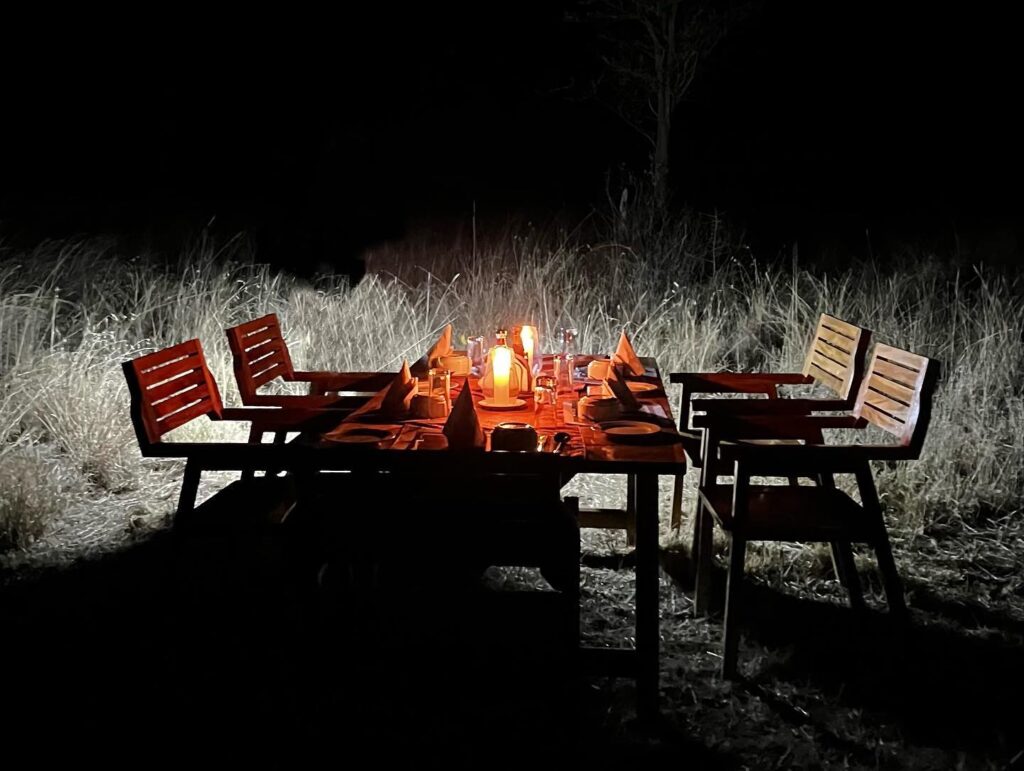Tanzania Safari Packing List: The Ultimate Guide for an Unforgettable Adventure
Introduction
Packing for a Tanzania safari is not like packing for any other vacation. The rugged landscapes, diverse wildlife, and unpredictable climate make it essential to bring the right gear. Whether you’re planning a classic game drive in the Serengeti, a cultural tour with the Maasai, or a luxurious lodge stay, this packing guide will help ensure you are well-prepared.
Essential Documents and Travel Requirements
Passport and Visa Requirements
Your passport should be valid for at least six months beyond your arrival date. Most travelers need a visa to enter Tanzania, which can be obtained online or upon arrival at major airports.
Travel Insurance and Medical Documents
It’s crucial to have travel insurance covering medical emergencies, trip cancellations, and lost luggage. Carry a copy of your insurance policy and any necessary medical documents.
Copies of Important Documents
Keep digital and physical copies of your passport, visa, travel insurance, and emergency contact details.
Clothing Essentials for a Safari
Best Fabrics for Safari Wear
Lightweight, breathable, and moisture-wicking fabrics like cotton and linen are ideal.
Color Choices: What to Wear and What to Avoid
Neutral colors like khaki, olive, and beige blend well with the environment, while bright colors and dark blue/black should be avoided as they attract insects.

Packing for Different Seasons
Dry Season (June to October): Light clothing for the daytime, warm layers for early mornings and evenings.
Wet Season (November to May): Waterproof clothing and quick-drying outfits.
Footwear: The Right Shoes for a Safari
Comfortable, closed-toe walking shoes or hiking boots are essential for walking safaris, while sandals are great for lounging at camp.
Accessories: Hats, Gloves, and Scarves
A wide-brimmed hat, gloves for cold mornings, and a scarf for dust protection are essential.
Must-Have Gear and Equipment
Binoculars for Wildlife Viewing
A high-quality pair of binoculars will enhance your game viewing experience.
Camera and Photography Essentials
A good camera with zoom lenses, extra batteries, and memory cards will help capture stunning safari moments.
Travel Backpack or Daypack
A lightweight, water-resistant backpack is useful for carrying essentials during game drives.
Flashlights and Headlamps
Some camps have limited electricity; a headlamp or flashlight will come in handy.
Toiletries and Personal Care
Eco-Friendly Toiletries
Biodegradable soap and shampoo help protect the environment.
Sunscreen and Bug Repellent
SPF 30+ sunscreen and a DEET-based insect repellent are must-haves.
First Aid Kit Essentials
Band-aids, antiseptic wipes, pain relievers, and any prescription medications should be packed.

Packing for Special Safari Activities
Hot Air Balloon Safari
Early mornings are chilly, so bring extra layers.
Walking Safaris
Wear long-sleeved shirts and pants for protection from thorns and insects.
Camping Safaris
A sleeping bag, travel pillow, and headlamp are essential.
Luggage and Packing Tips
Suitcases vs. Duffel Bags
Soft-sided duffel bags are best for safari vehicles and small planes.
Weight Restrictions for Domestic Flights
Most safari flights have a weight limit of 15 kg (33 lbs), so pack wisely.
Conclusion
Packing smart ensures a smooth and enjoyable safari experience. Stick to this list, and you’ll be well-prepared for any adventure Tanzania throws your way.
FAQs
What should I not bring on a Tanzania safari?
Avoid heavy luggage, bright-colored clothing, and unnecessary electronics.
Can I wear bright colors on safari?
No, stick to neutral colors to blend in and avoid attracting insects.
How many outfits should I pack for a week-long safari?
Three to four outfits with layering options should be enough.
Is it safe to bring expensive camera gear?
Yes, but always keep it secure and insured.
What are the weight limits for safari flights?
Typically, 15 kg (33 lbs) per person, including hand luggage.



